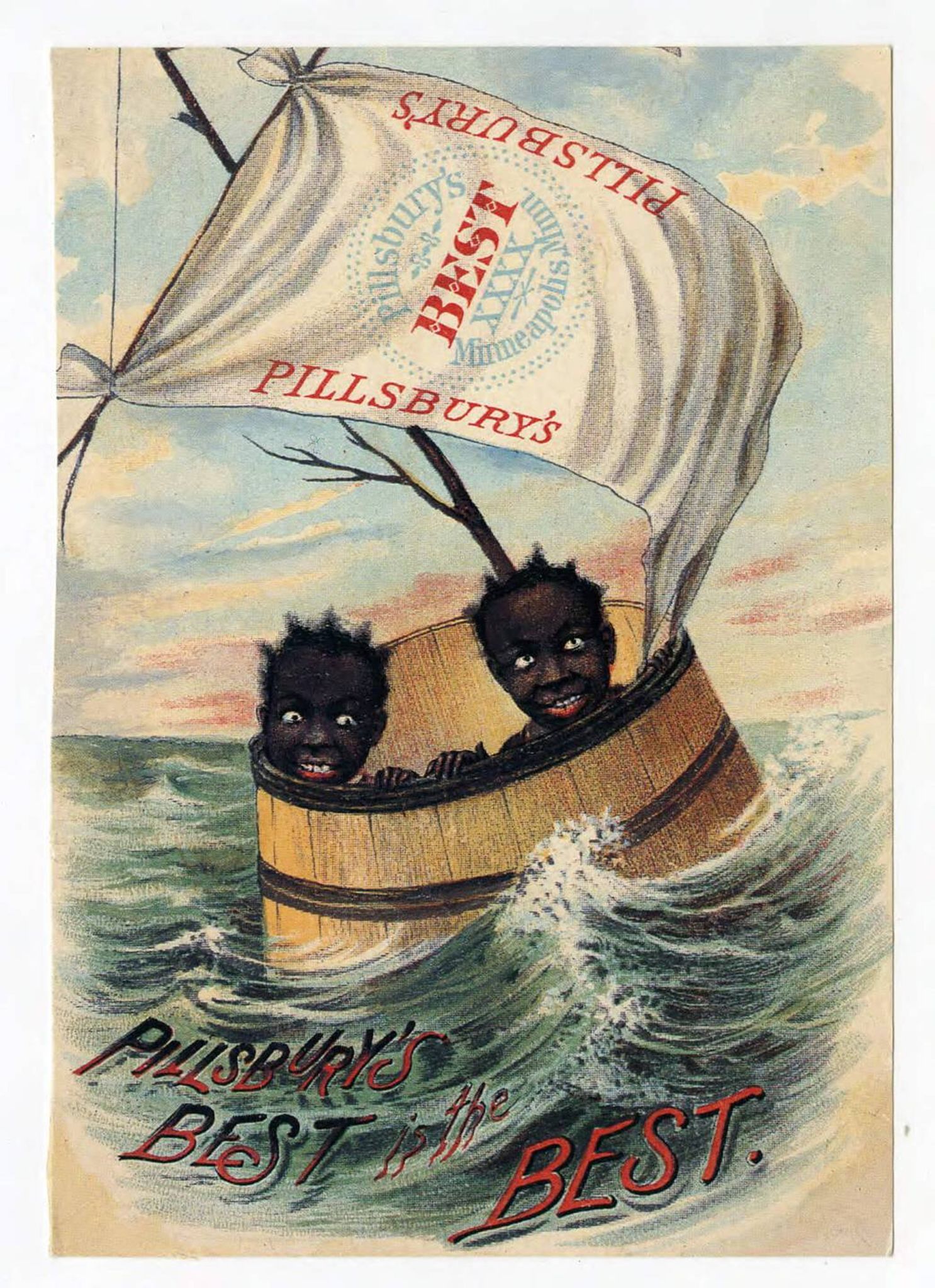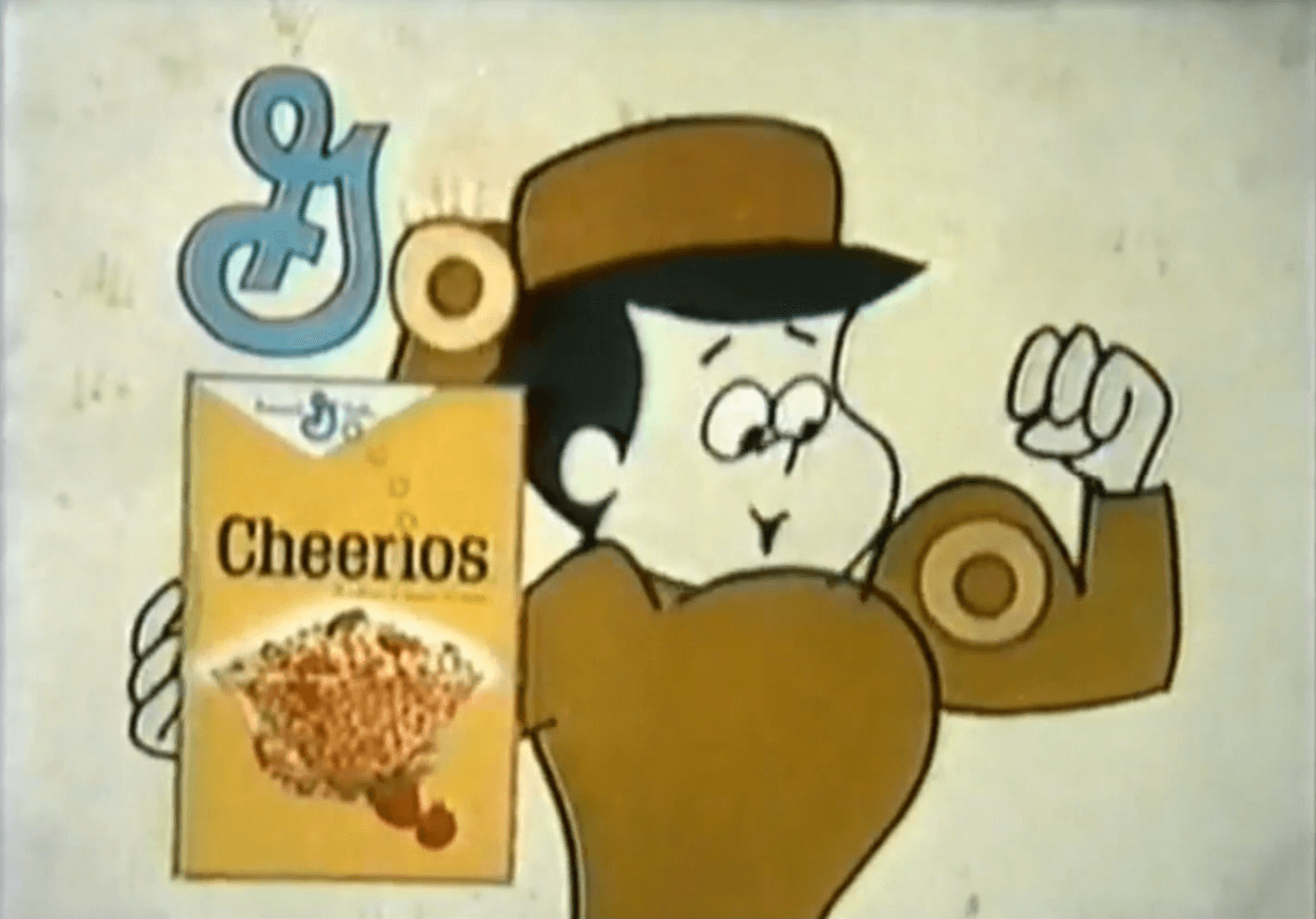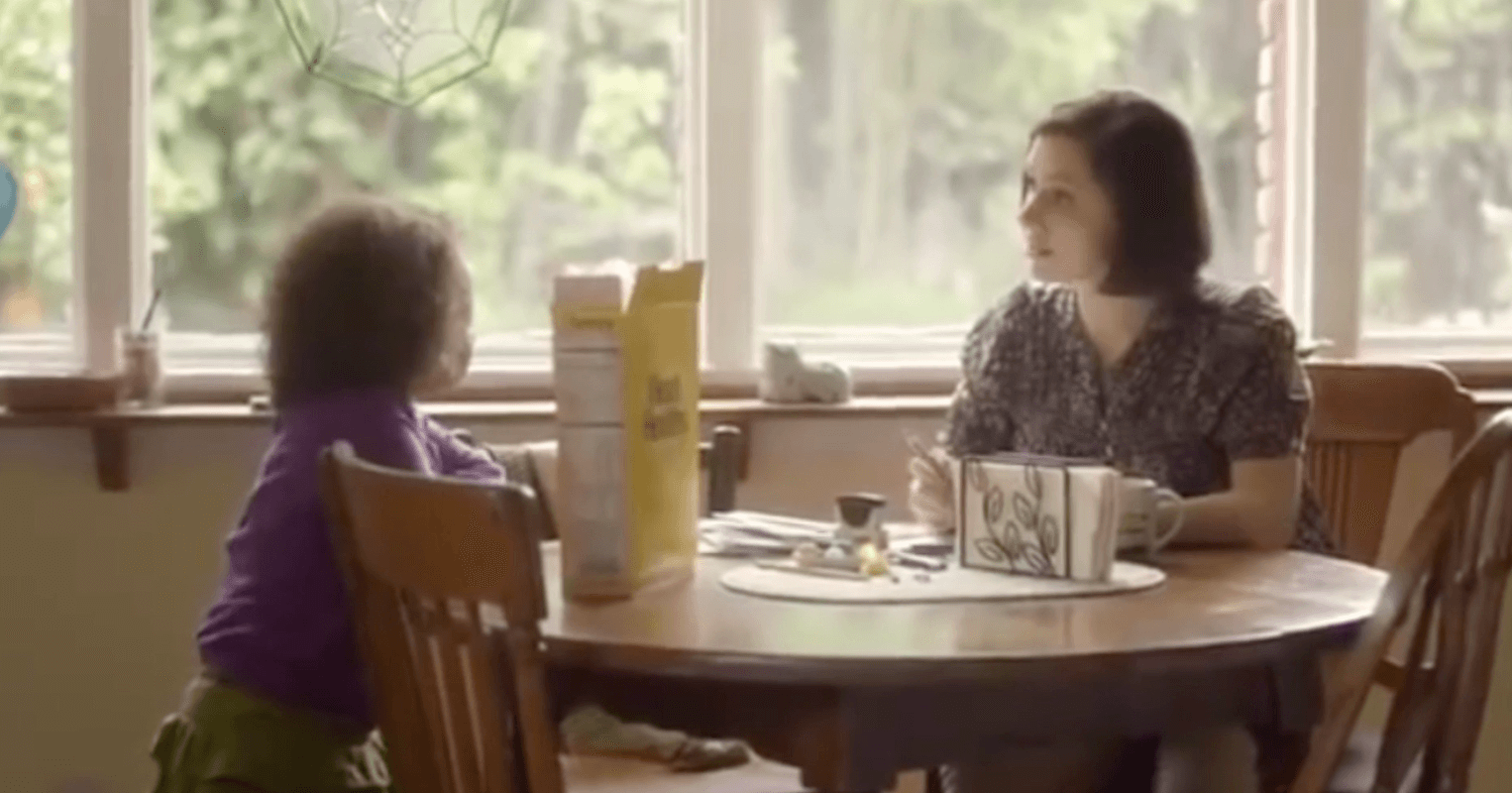Then & Now - Race in Mpls Millers Ads
The pictures are painful.
The less-than-human facial features, boorish behavior, ingrained ignorance, and innate criminality. The offensive, racial stereotypes in advertising and Americana from decades past prick our contemporary sensibilities.

As a Gen-Xer and retro-pop culture consumer, I am drawn to old ads and ephemera from the past. But to my brown eyes and black experience, these ads sting. For me, looking at some of these artifacts through a then-and-now frame offers some balm and balance.
Pictures are worth 1000 words
We pulled together over 1000 assets for the hour-long film Flour Power, our new documentary on the history of milling and how it shaped Minnesota. Most of these assets represent Minneapolis millers Pillsbury and their long-time competitor who eventually swallowed them up, General Mills. And a few were as racist as any image emanating out of Dixie.
Yes, I know, It’s all about context. You have to understand the times in which a work was created. It wasn’t necessarily or intentionally meant to harm. It was an accepted mainstream practice. These media literacy basics are some of the things a viewer must consider when observing offensive advertising and Americana from bygone eras.
But still, ick.
Cheerios Kid as Colonizer
The long running General Mills ad campaign featuring the Cheerios Kid and his side kick Sue offers a nice bit of nostalgia but in some of these spots the Kid’s antagonists were overdone stereotypical tropes from mainstream narratives including monstrous, sword-wielding Middle Easterners or ever-menacing Native Americans. I also find it striking how violent these ads are. They almost all end with the Kid, a rather unlikable little colonizer, brutalizing baddies of various kinds. Can you imagine a family focused ad campaign today based on meting out beat-downs?

Ads Add Empathy
While media today still plays a part in reinforcing stereotypes, bias, and cultural dissonance, the advertising world has also shown leadership representing American diversity. There’s no shortage of people of color, interracial families, same-sex couples and more recently, gender fluid representation in marketing.

General Mills deserves a good deal of credit for recent efforts like requiring creative agencies to meet certain thresholds of diversity in their staff. They also changed the game with their ground-breaking Cheerios Superbowl ad featuring an interracial family. After it's breakout launch there were racist protests from a few closed-minded quarters. But when the ad worked -both as a righteous step forward and a profitable burnishing of the brand- there was a flood of mixed and matched couples with adorable offspring of various hues and hair textures. In fact, one might worry that today Madison Avenue is over doing it, creating cringe-worthy moments BECAUSE of obligatory diversity in advertising. But I’ll take it over the opposite.
An oft-quoted remark from Dr. King is that the arc of history is long, but bends towards justice. This could describe the timeline of diversity in advertising as seen in the marketing for the Minneapolis milling and food industry. Then, misrepresentations of race and culture contributed to bias, discrimination, and all the ills that followed. Now, through a combination of E&I (equity and inclusion) and enlightened self-interest, corporations and their creative agencies are increasingly offering real and healthy reflections of an increasingly diverse America.

This story is made possible by the Arts and Cultural Heritage Fund and the citizens of Minnesota.
